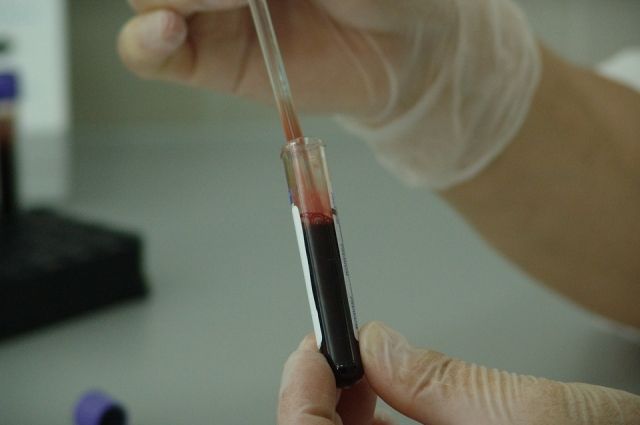A look at the finances in the diocese of Aachen: The diocese achieved a strong annual surplus in the “pre-Corona year” 2019. It amounted to 97 million euros, as it was said when the financial report was presented. These are “good numbers”.
The annual surplus was around 81 million euros higher than in 2018. Vicar General Andreas Frick and the new CFO Martin Tölle spoke of “good figures” that ensure the diocese’s ability to act, also with a view to future corona-related losses.
Effects of the pandemic on the years to come
For the pandemic year 2020, the diocese expects a decline in church tax revenues, but only by 6 percent. In the summer she was still assuming a minus of 10 percent. Tölle justified the better forecast with the economically good third quarter. The pandemic will also have an impact on 2021 and 2022, said the CFO. A return to the pre-crisis level can only be expected from 2023.
Tölle explained the annual surplus with good economic conditions and the associated increase in church tax income by 1.5 percent to around 273 million euros.
This amount makes up 92 percent of the income. In addition, there is a one-off special effect due to a different accounting presentation of the retirement reserves. The diocese, which slipped into a financial crisis in 2003, achieved its goal in 2019 of building up reserves equivalent to an annual budget.
In total, the diocese recorded expenses of 328 million euros last year, 19 million euros less than in 2018. It states the balance sheet profit at around 1.6 million euros. Half a million euros of this is to flow into unemployment projects of the diocese, the digitization of schools and the conference centers so that they can compensate for corona-related loss of income.
The diocese’s assets rose by around 69 million euros to 918 million euros, of which 465 million euros are equity.
No church tax funds for abuse compensation
Vicar General Frick explained that the recognition payments for victims of abuse should not be made from church taxes. With a view to the planned victim fund, which in addition to “fines” from perpetrators is also to be fed from donations from priests, for example, he hopes for “good solidarity”.
However, it will have to be checked to what extent funds from the Episcopal See corporation are used for the recognition payments. In mid-January, details would be presented after discussions with the diocese committees. In any case, those affected received payments quickly and unbureaucratically.
After the abuse report for the Aachen diocese was presented in mid-November, according to Frick, a double-digit number of previously unknown victims came forward. The diocese had placed a newspaper ad asking those affected to report sexual violence by clerics.
–


